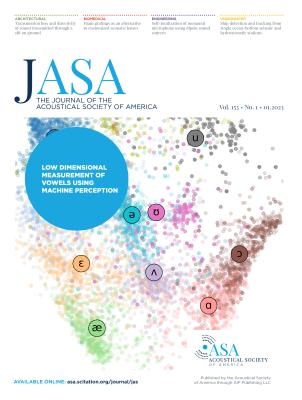The alveolar trill is perceived as jagged/rough by speakers of different languages

Typological research shows that across languages, trilled [r] sounds are more common in adjectives describing rough as opposed to smooth surfaces. In this study, this lexical research is built on with an experiment with speakers of 28 different languages from 12 different families. Participants were presented with images of a jagged and a straight line and imagined running their finger along each. They were then played an alveolar trill [r] and an alveolar approximant [l] and matched each sound to one of the lines. Participants showed a strong tendency to match [r] with the jagged line and [l] with the straight line, even more consistently than in a comparable cross-cultural investigation of the bouba/kiki effect. The pattern is strongest for matching [r] to the jagged line, but also very strong for matching [l] to the straight line. While this effect was found with speakers of languages with different phonetic realizations of the rhotic sound, it was weaker when trilled [r] was the primary variant. This suggests that when a sound is used phonologically to make systemic meaning contrasts, its iconic potential may become more limited. These findings extend our understanding of iconic crossmodal correspondences, highlighting deep-rooted connections between auditory perception and touch/vision.